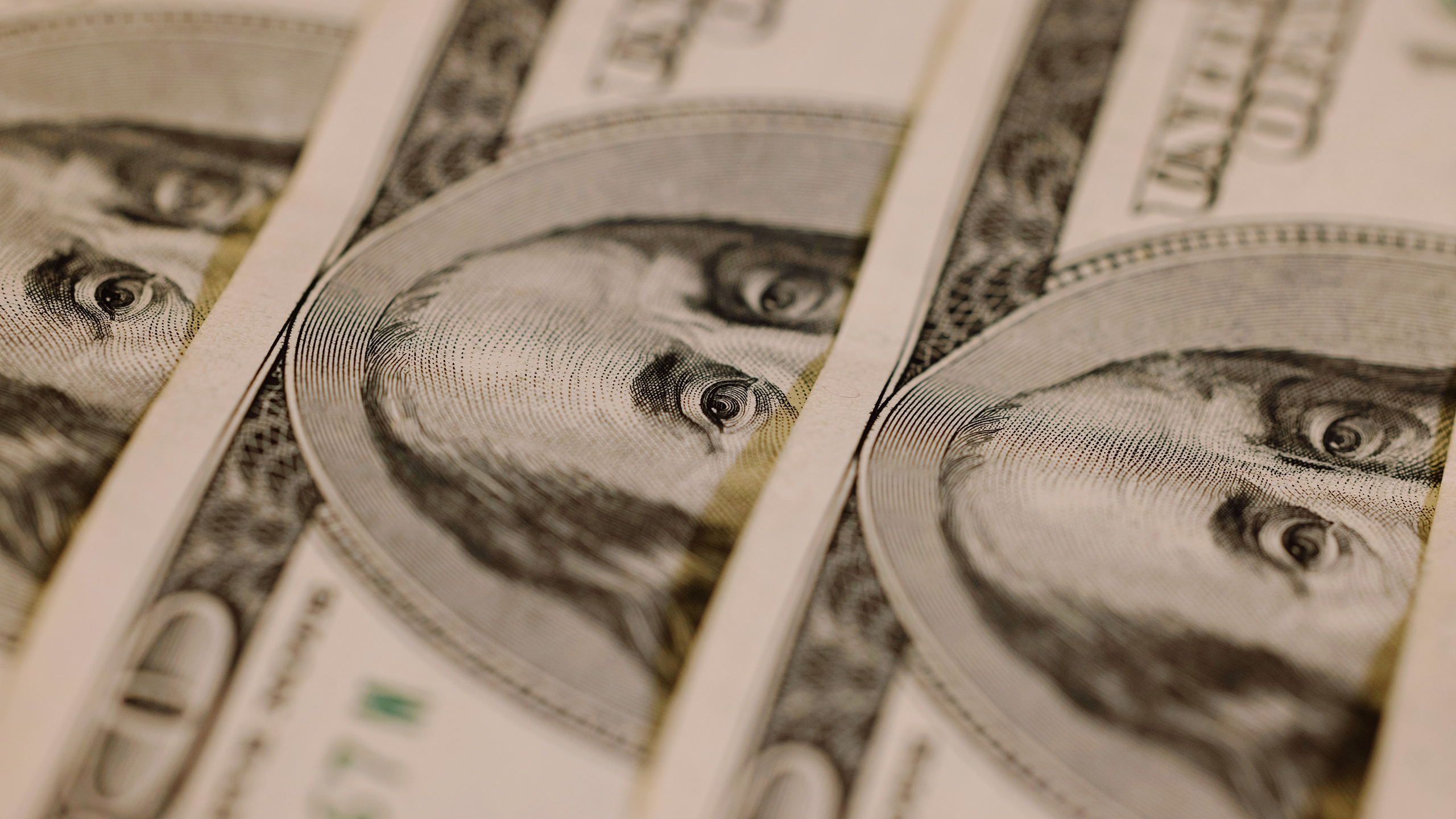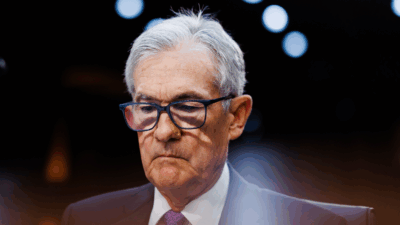US Dollar Stays Strong After Hiring Slowdown
If the dollar keeps climbing, as it did last week, it could pose a problem for the stock market and the broader economy.

Sign up for smart news, insights, and analysis on the biggest financial stories of the day.
US job growth slowed in January, according to federal data released Friday, with the 143,000 jobs added coming in well below the 170,000 economists expected. But unemployment dipped a tenth of a percentage point to 4% and wages rose more than expected at a pace of 4.1% year-over-year.
The US dollar just shrugged off the mixed results, with the so-called dollar index — a gauge of the value of the dollar against a basket of six world currencies — rising 0.4%. If the dollar keeps climbing, it could be a problem for the stock market and the broader economy.
Upward Pressure
The dollar index has risen roughly 7% from a late-September low, and remains near a more-than-two-year high touched in January. Two main factors are helping maintain its muscle.
The first is America’s nothing-can-stop-me economy. Last month, the International Monetary Fund downgraded the outlook for several advanced economies including the Euro Area and Canada, but left its overall forecast for 3.3% global growth in each of 2025 and 2026 largely unchanged. That’s because the US economy is expected to pick up the slack, with the IMF revising its growth forecast up a half point to 2.7% for 2025.
The second factor is President Donald Trump’s promised protectionist trade policies. Trump told reporters on Sunday that he plans to launch new 25% tariffs this week on steel and aluminum, after launching a new 10% levy on China and delaying 25% levies on Mexico and Canada for a month last week. Tariffs make imports cost more, usually leading to fewer customers buying them. That reduces the need for foreign currencies and makes the dollar stronger. Which is great, unless you’re in the export business:
- Technology stocks, which have been the market’s roaring engine for the past two years, rely on foreign sales, something a strong dollar could depress. For companies in the S&P 500 Information Technology sector, 56% of aggregate revenue came from outside the United States in the last 12 months, compared with 41% for the broader index, according to data from FactSet.
- Apple and Amazon warned in recent weeks that they expect foreign exchange to have a “negative” (in Apple’s words) or “unfavorable” (in Amazon’s) impact on revenue. In its latest earnings release, issued last week, Amazon’s guidance for the first quarter identified foreign exchange rates as a $2.1 billion headwind.
Talking It Out: The greenback actually fell over the course of the week, from a 109.88 dollar index high to 108.1, because Trump’s decision to pause the tariffs on Canada and Mexico to negotiate was taken as a sign that he’s willing to make deals rather than engage in a protracted trade war that would make it harder to lower interest rates, among other things.











